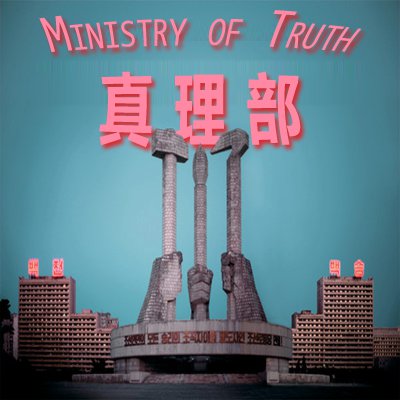The following censorship instructions, issued to the media by government authorities, have been leaked and distributed online. The name of the issuing body has been omitted to protect the source.
No website may carry the Caijing story “Of 65.2 Billion Yuan in Wenchuan Earthquake Donations, 80% Went to Government Coffers; Where 50.1 Billion Went Is Unclear.” If you have already republished the article, please remove it immediately. (May 12, 2016) [Chinese]
Caijing last week reported that 76.8% of relief donations, or approximately 65.2 billion yuan (US$9.9 billion) made for the 2008 Sichuan Earthquake went directly to the government. The report cited data from Tsinghua University, which showed allocation details for only 23.16% of the total money donated, leaving about 50.1 billion yuan (US$7.6 billion) unaccounted for. Searches for the Caijing article yield no results from caijing.com.cn, and re-posted links show that the article has been successfully harmonized; CDT Chinese has stored the full-text of the article.
Lack of transparency regarding the allocation of relief donations in China has long been an issue. In the immediate aftermath of the 2008 Sichuan Earthquake, an anonymous construction engineer wrote a reflective essay including the note, “In 2003 a northern province received 59 million in disaster relief funds from the central government. The provincial government kept 47 million for itself, sending 11 million to the city.”
In 2011, public trust in charitable donation was substantially shaken after a scandal beginning with Guo Meimei’s claims to be a Red Cross Society of China employee. Public anger prompted investigations into the organization, which revealed the misappropriation of donated funds intended to go to victims of the 2008 Sichuan earthquake. A recently passed charity law, while controversial in its entirety, does attempt to assuage the widespread public distrust that has led to a substantial downfall in charitable giving nationwide.









